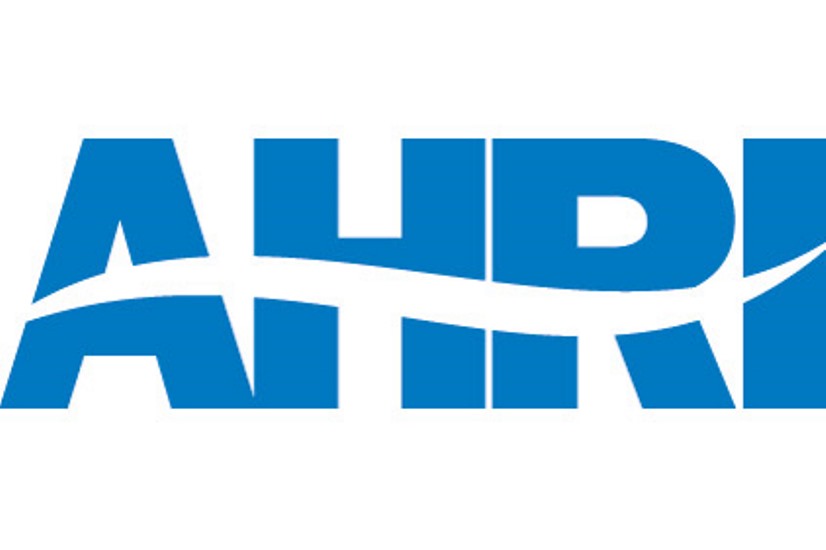Steel Markets

Toyota Cuts February Production Forecast on COVID, Supply-Chain Snarls
Written by Michael Cowden
January 18, 2022
Toyota has reduced its North American production schedules for the second month in a row because of shortages stemming from COVID-19 and supply-chain bottlenecks.
The Japanese automaker said on Tuesday that its North American assembly plants would make approximately 25,000-30,000 fewer vehicles than initially projected in February.
![]() That number could change because “the situation remains fluid,” a company spokeswoman said in an email to SMU.
That number could change because “the situation remains fluid,” a company spokeswoman said in an email to SMU.
“Toyota will continue to face shortages that will affect production at our North American plants. Our teams are working diligently to minimize the impact on production,” she said.
“We do not anticipate any impact to employment at this time,” she added.
Toyota scaled back January production by 40,000-50,000 vehicles for similar reasons.
The automaker did not specify how many tons of steel would be impacted by the reduced production levels. A rough rule of thumb is that each passenger vehicles contains approximately one ton of steel.
Automakers have been struggling with COVID, supply-chain issues as well as shortages of chips and other parts for more than a year.
By Michael Cowden, Michael@SteelMarketUpdate.com

Michael Cowden
Read more from Michael CowdenLatest in Steel Markets

Worldsteel: Global steel demand flat, but modest rebound forecast for 2026
The World Steel Association (worldsteel) Short Range Outlook for global steel demand predicts that 2025’s steel demand will clock in at the same level as in 2024. In its October report, the Brussels-based association stated that this year’s steel demand will reach ~1,750 million metric tons (mt). The organization forecasts a 1.3% demand rebound in 2026, pushing […]

CRU: China’s indirect steel exports find new destination markets
The boom in China’s direct steel exports has not stopped this year, even with a rise in protectionist measures globally. The increase is driven by...

Great Lakes iron ore cargoes down in September as Cleveland tonnage slips
Iron ore shipments from US Great Lakes ports fell sharply in September, per the latest from the Lake Carriers’ Association (LCA) of Westlake, Ohio.

HVAC equipment shipments down through August
Although total HVAC shipments fell in August, YTD volumes remain relatively strong. Nearly 15 million units were produced in the first eight months of the year, the fourth-highest rate in our 19-year data history.

Sheet market sources slam tariffs for prolonged demand slump
Tariffs are ultimately to blame for stagnant demand in the hot-rolled coil market, domestic market sources tell SMU.
